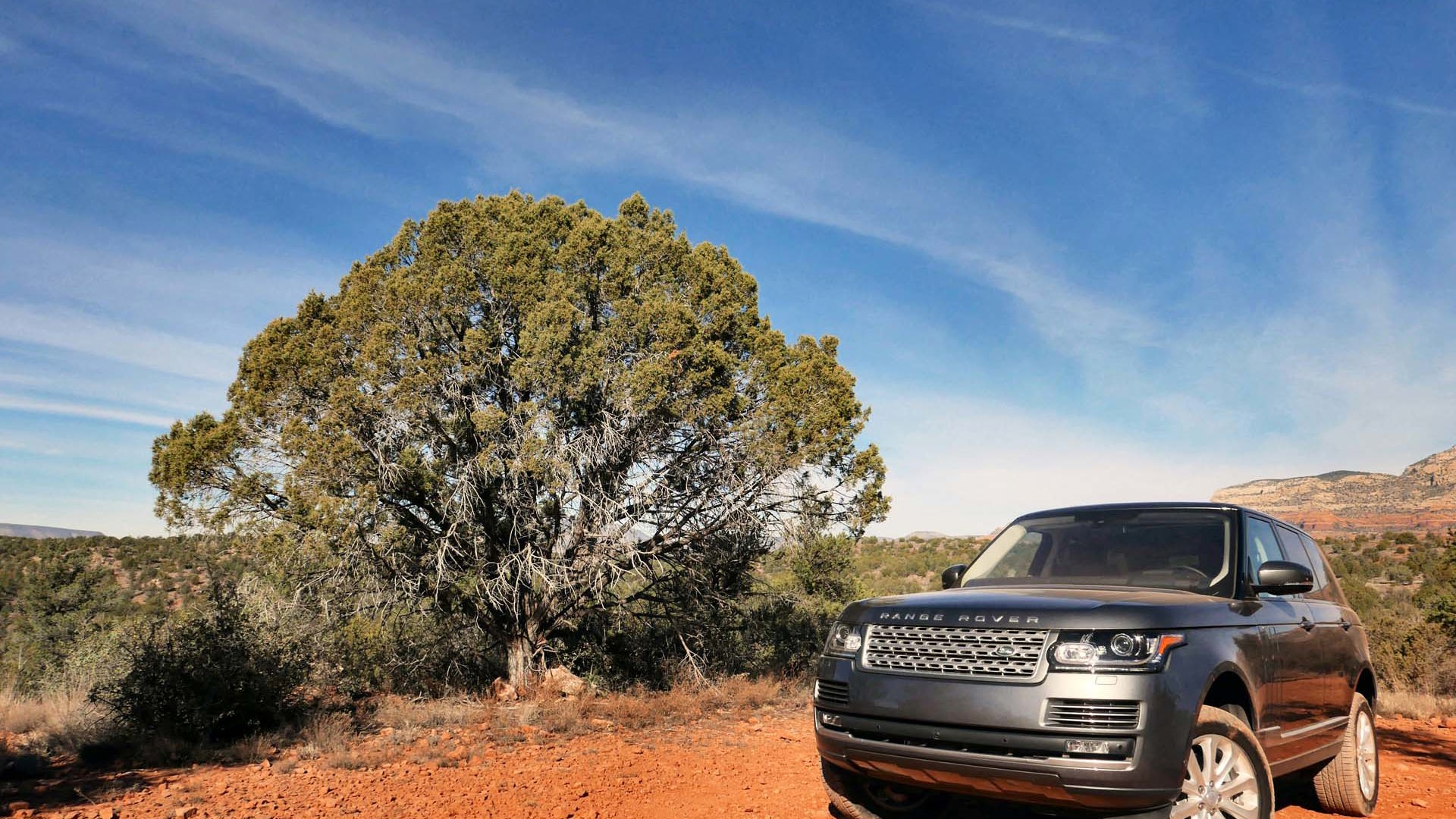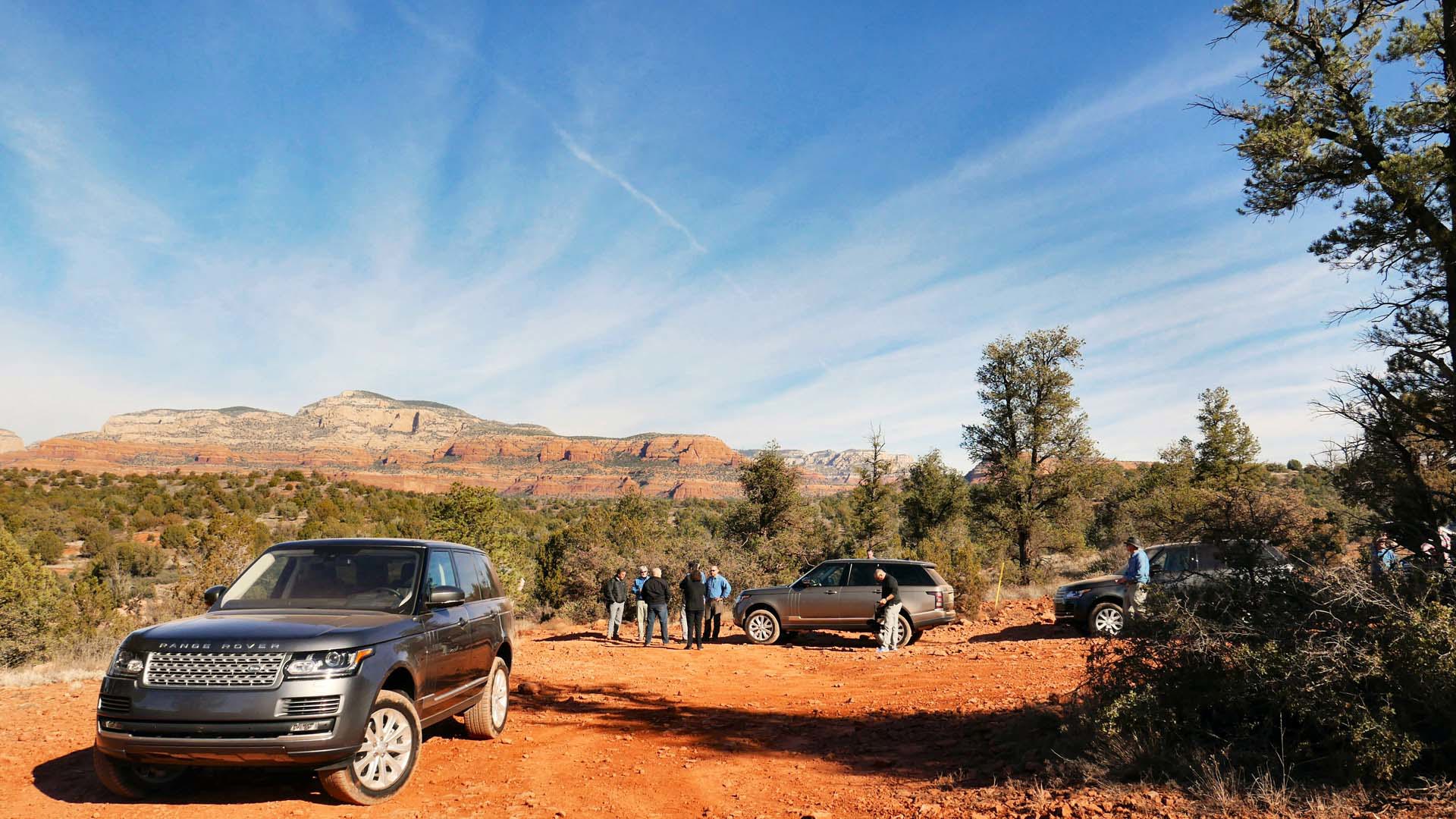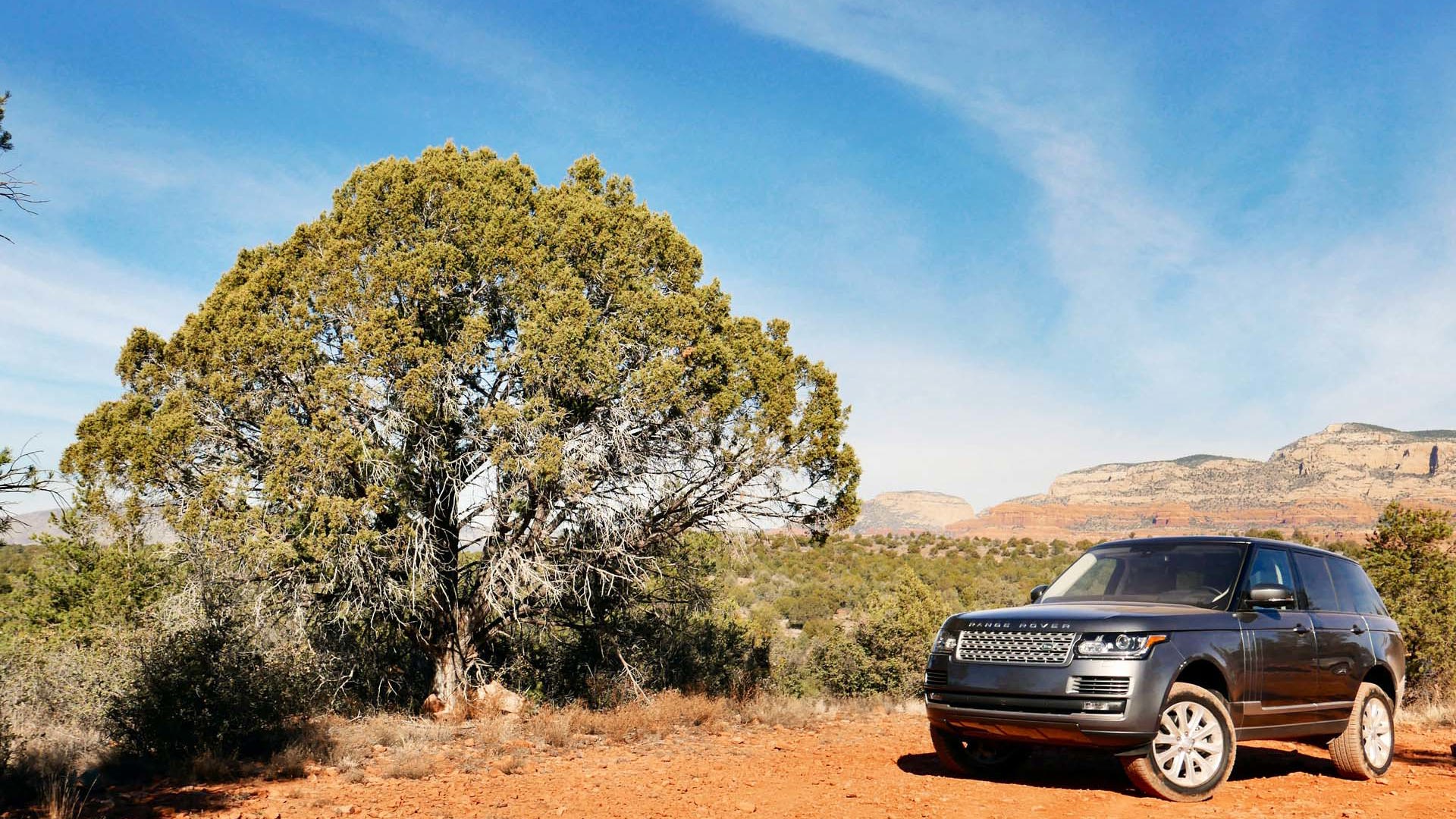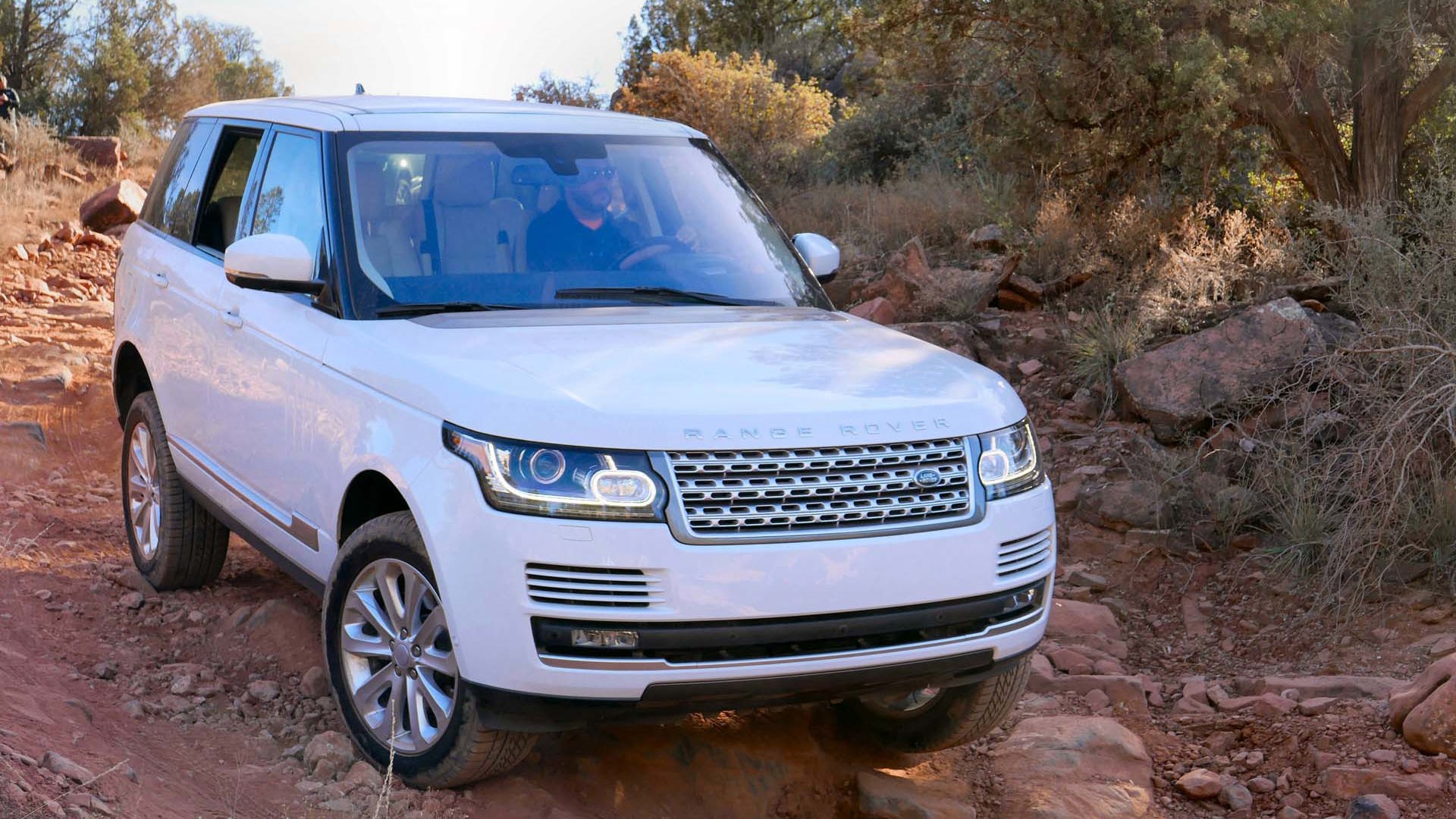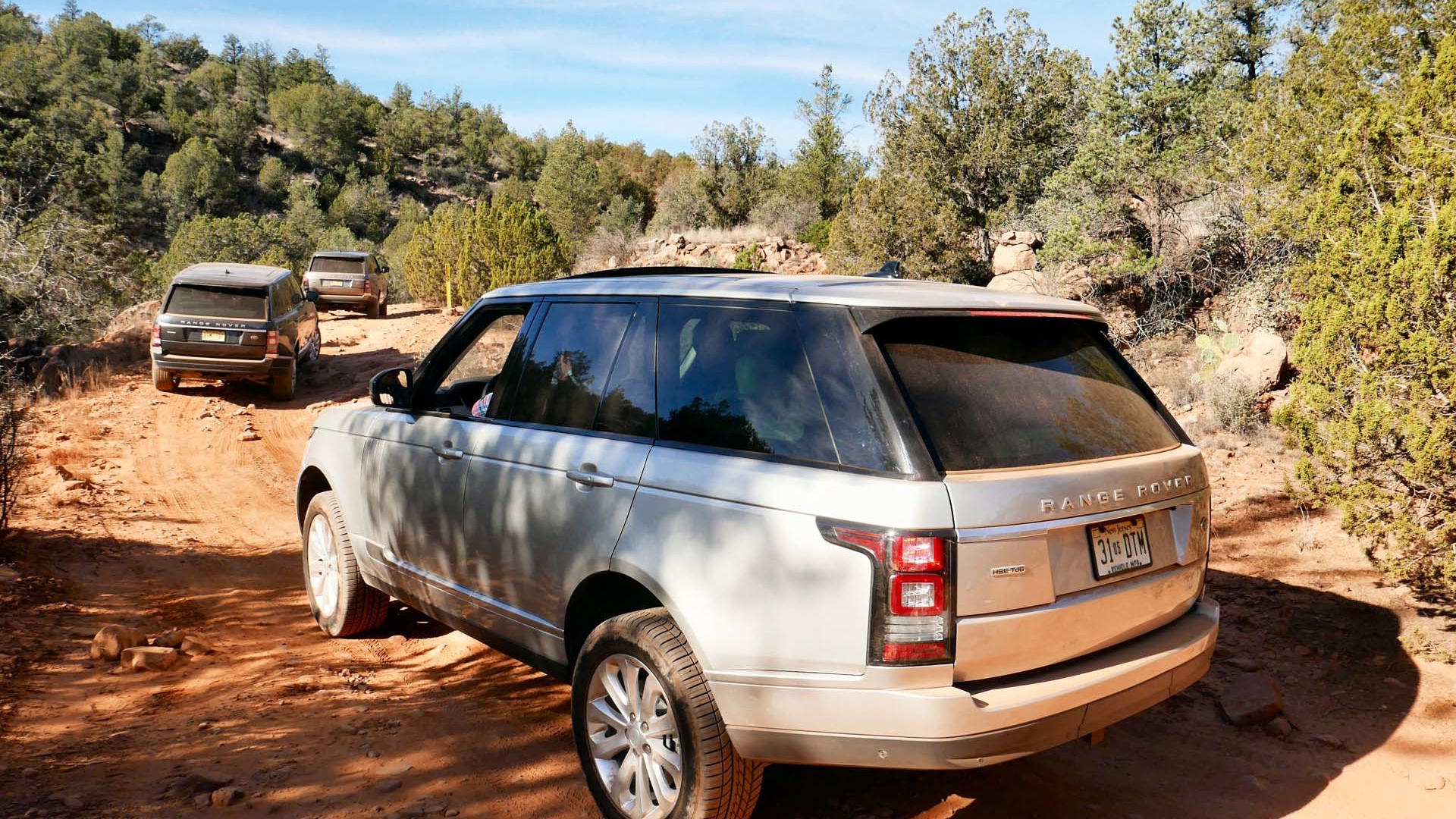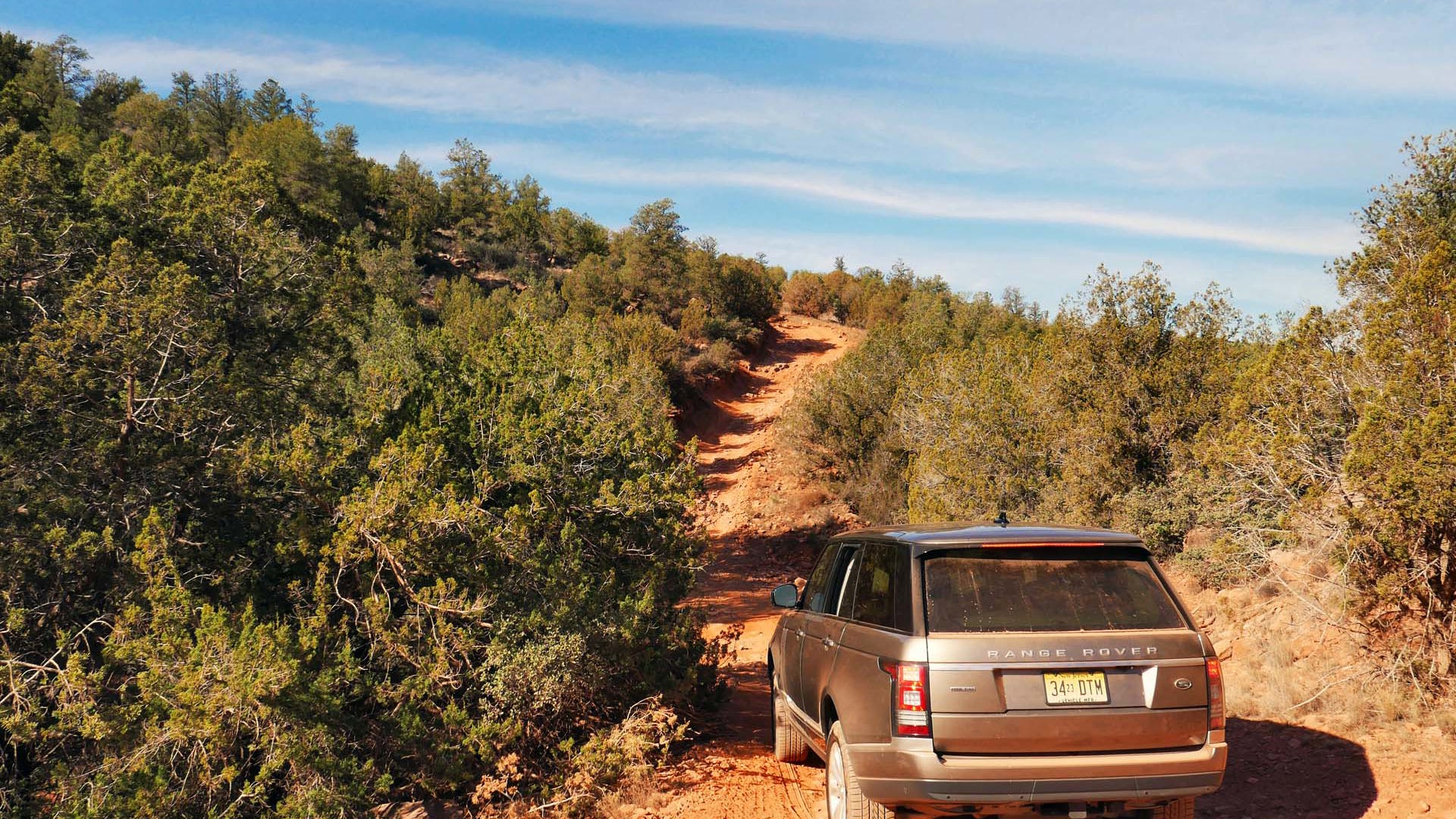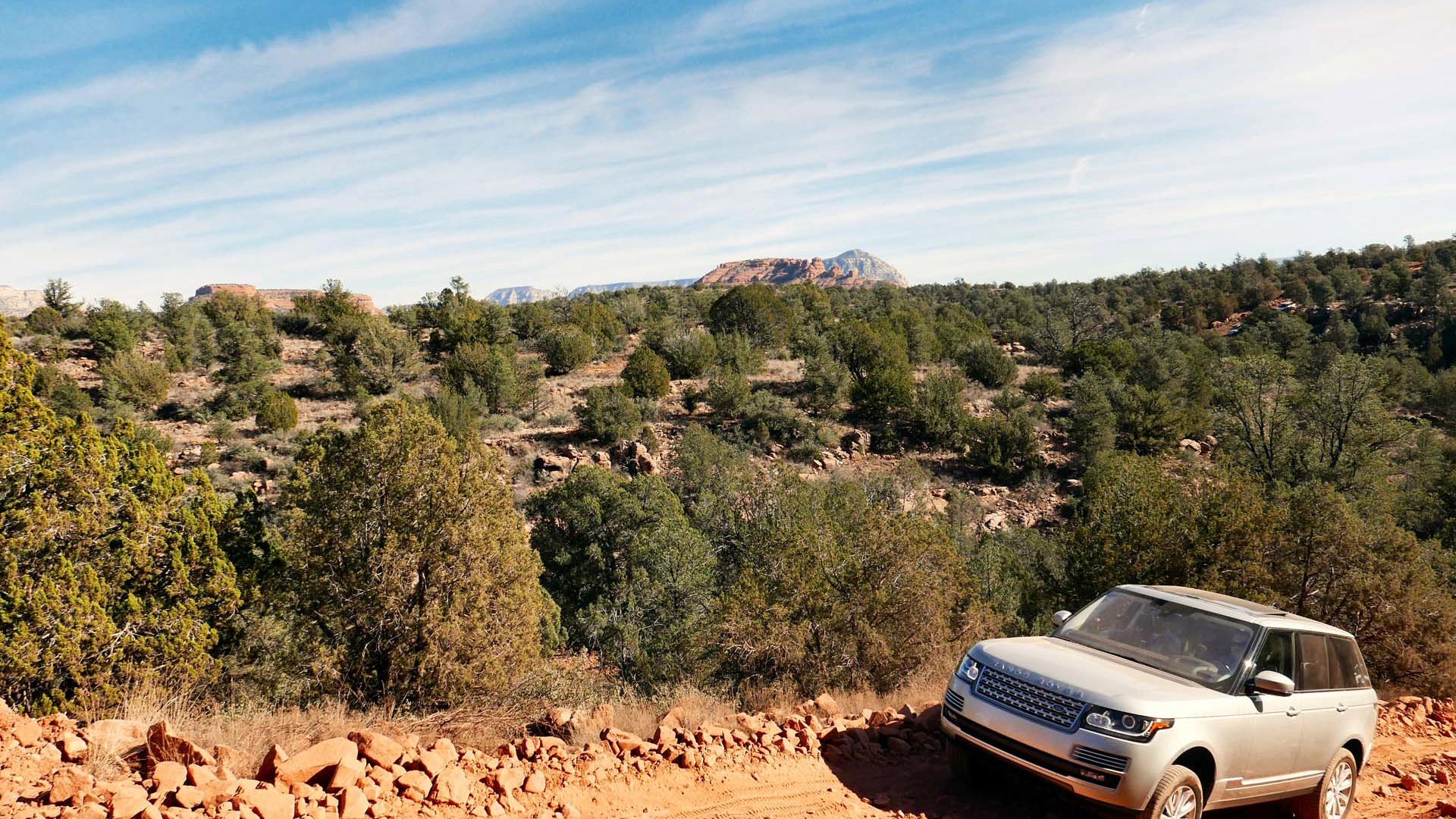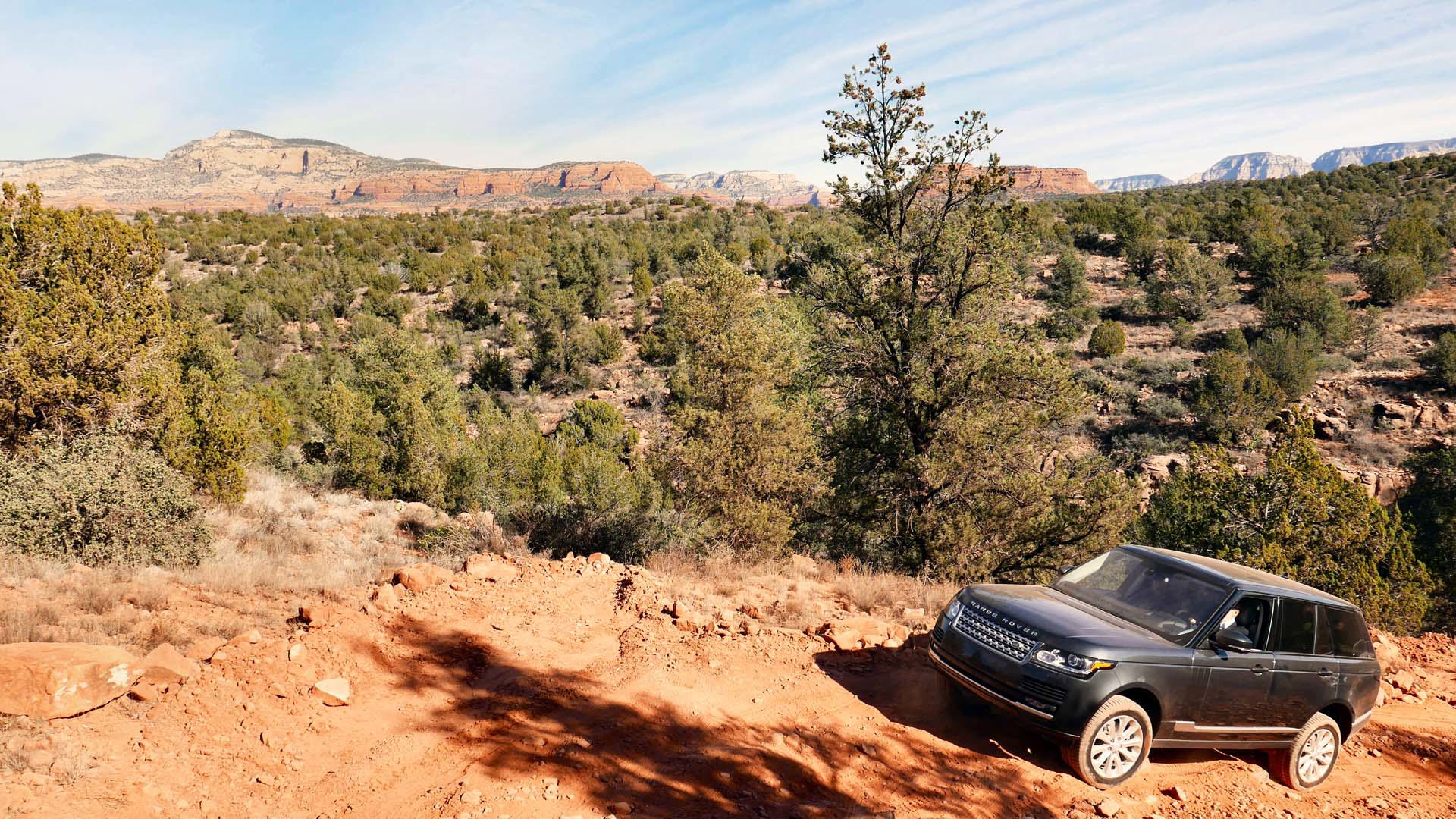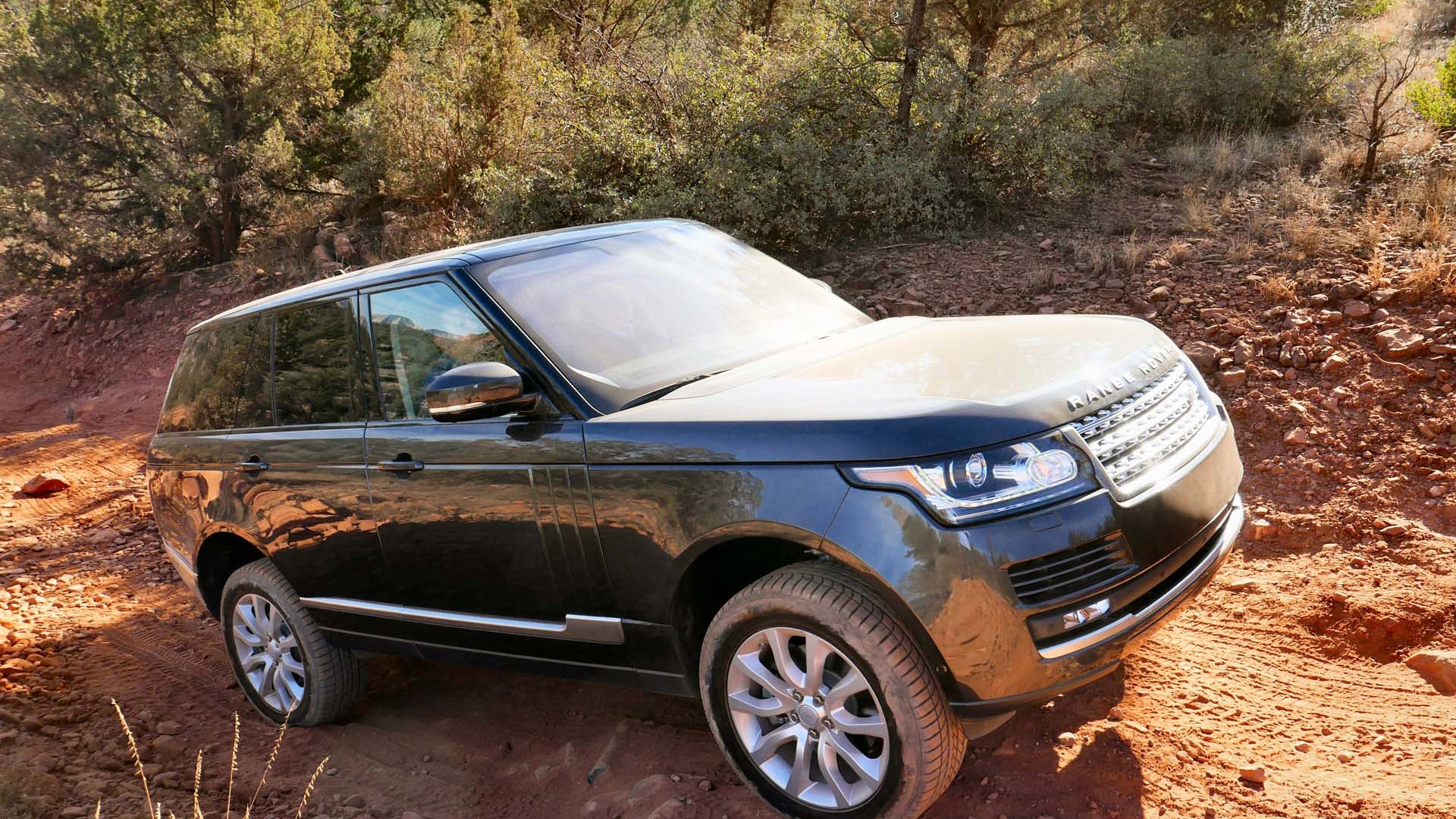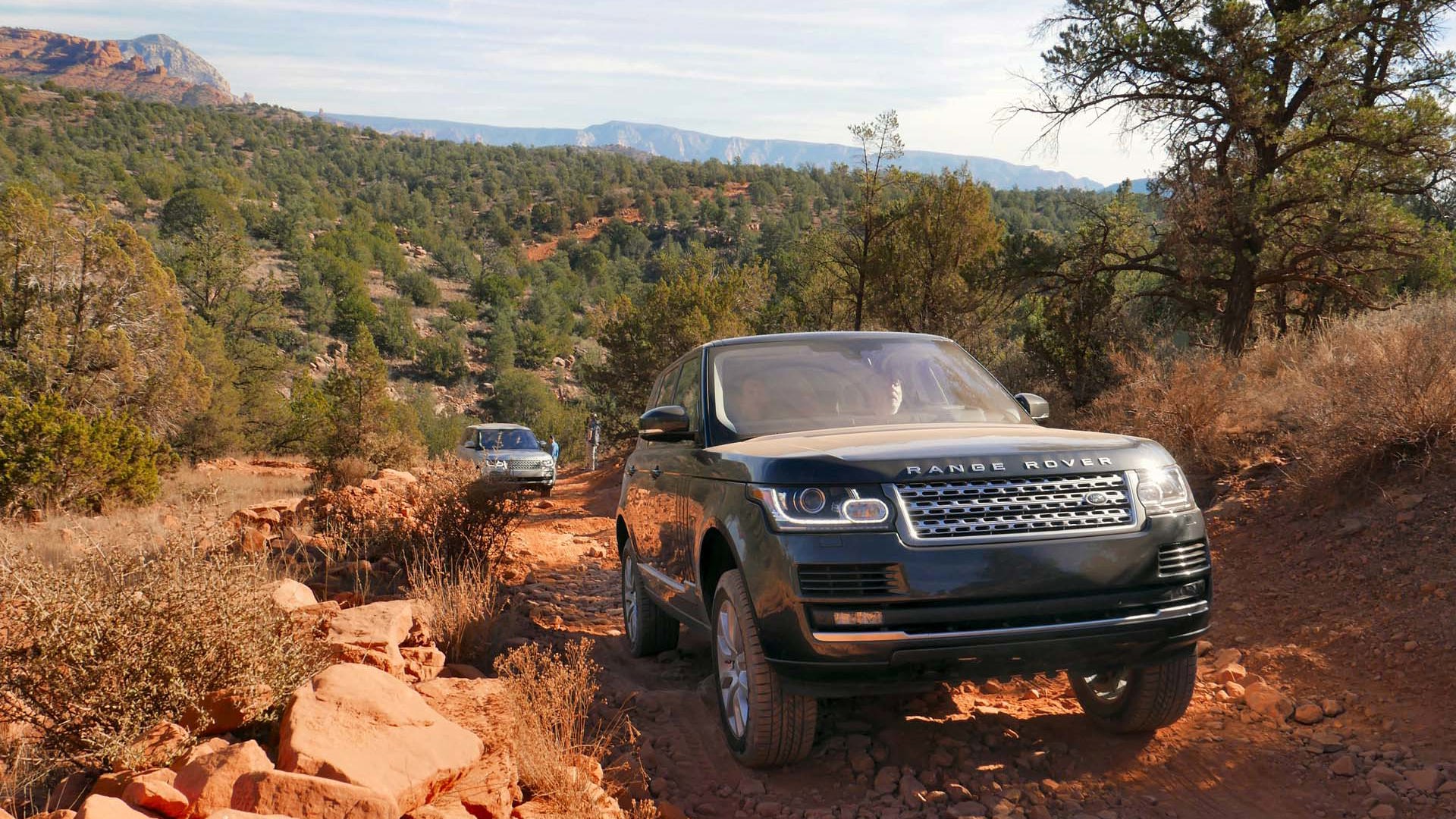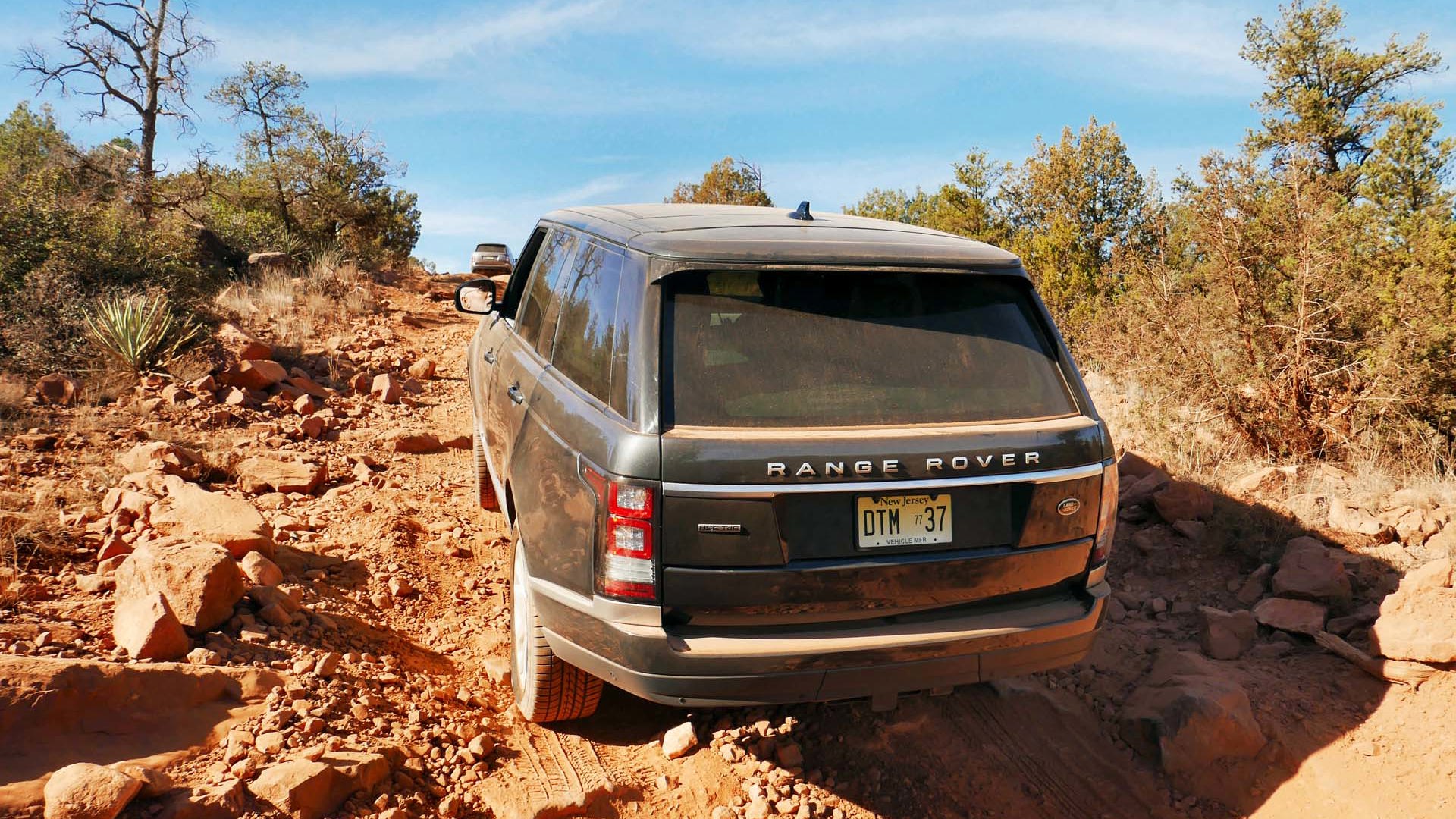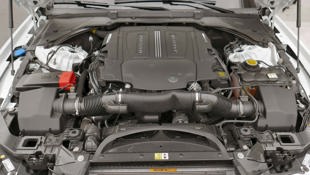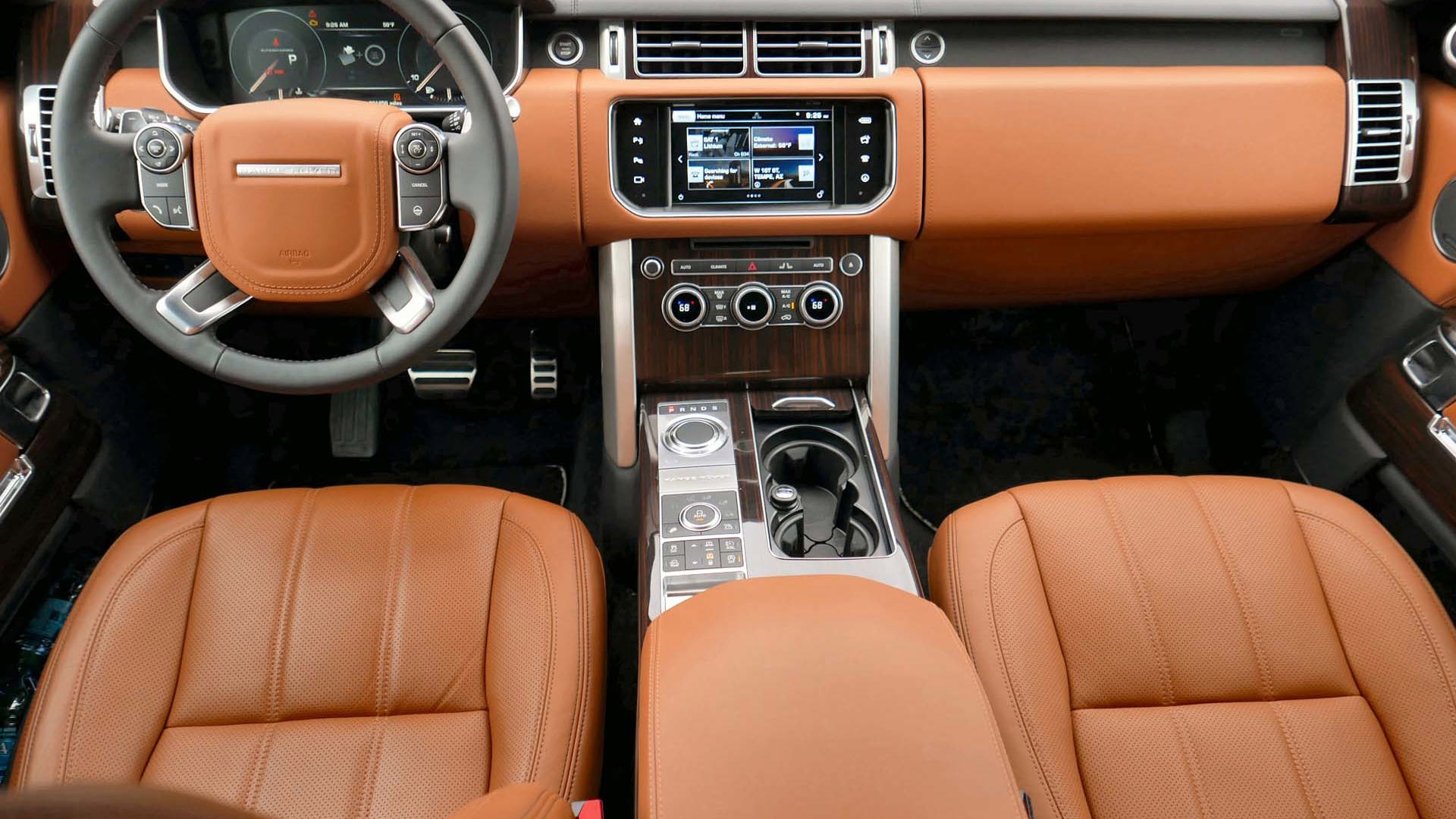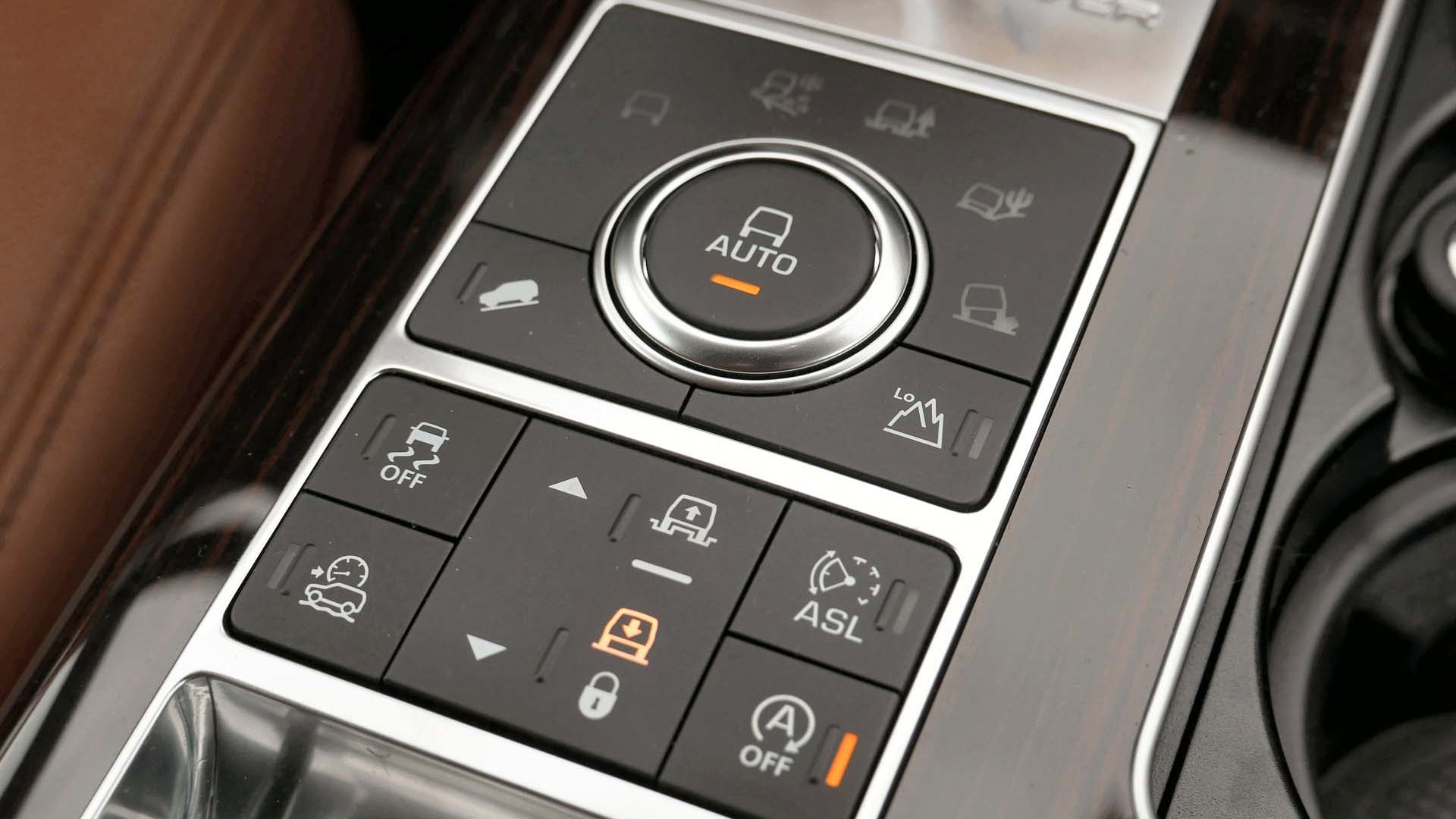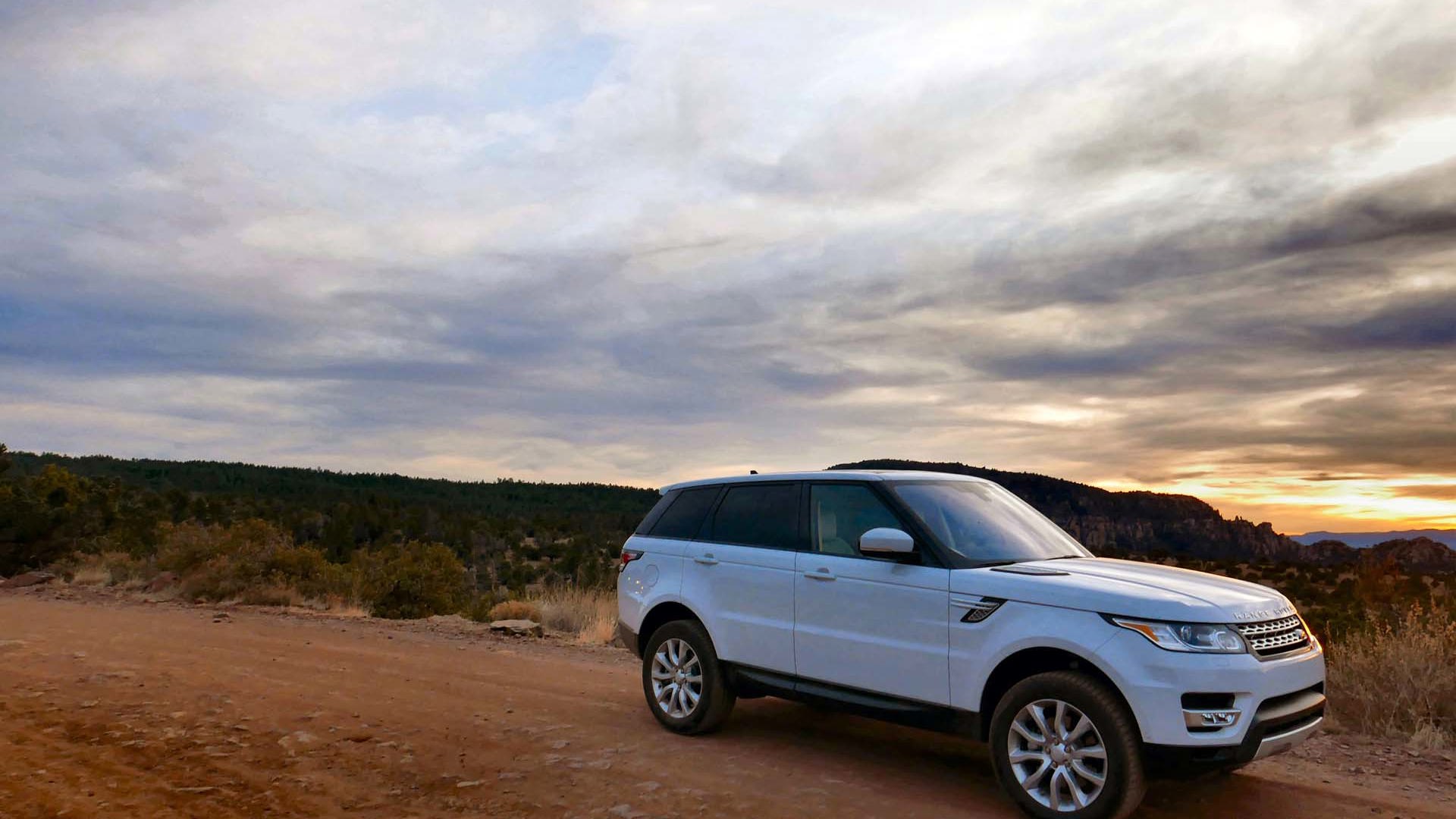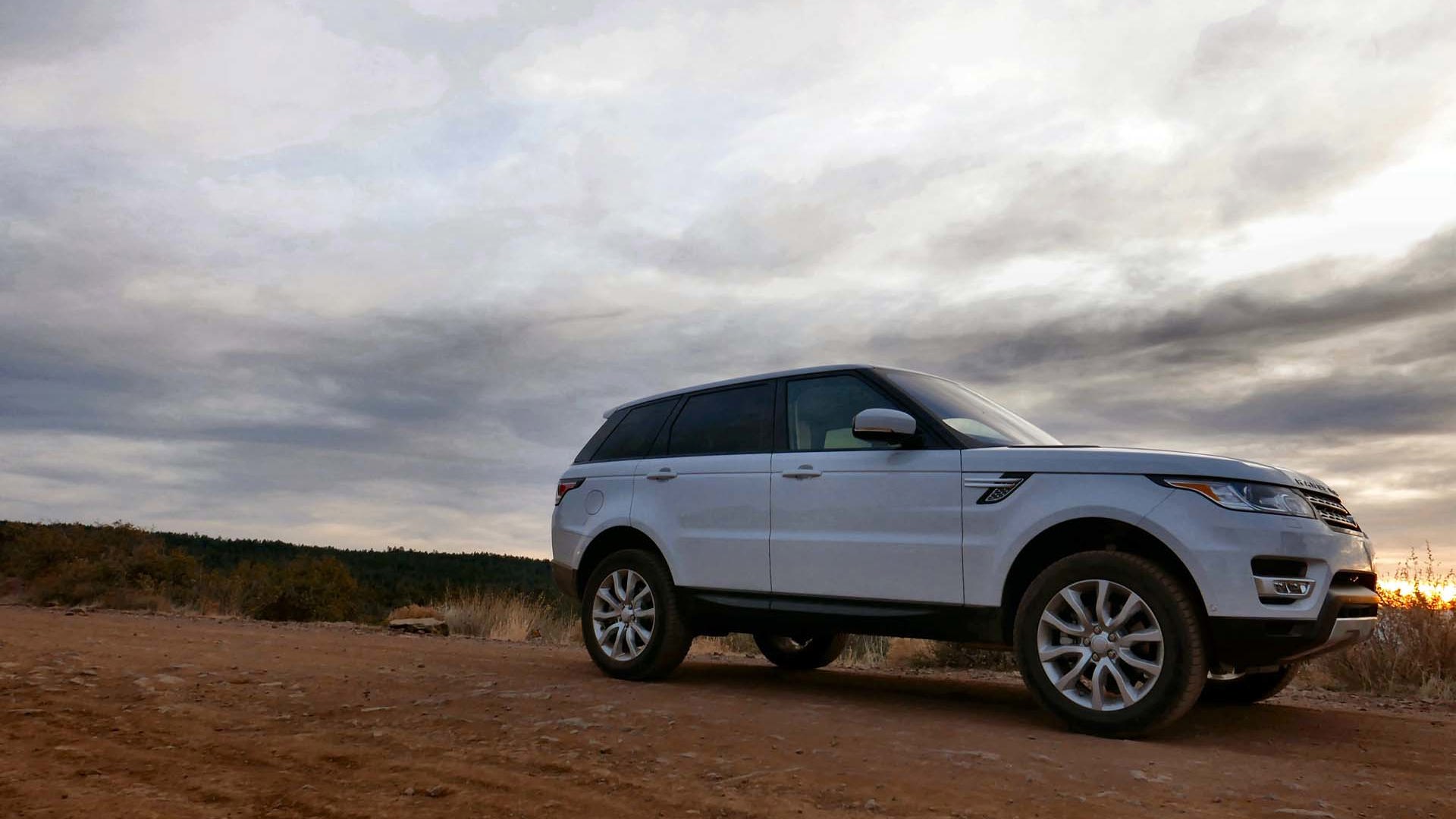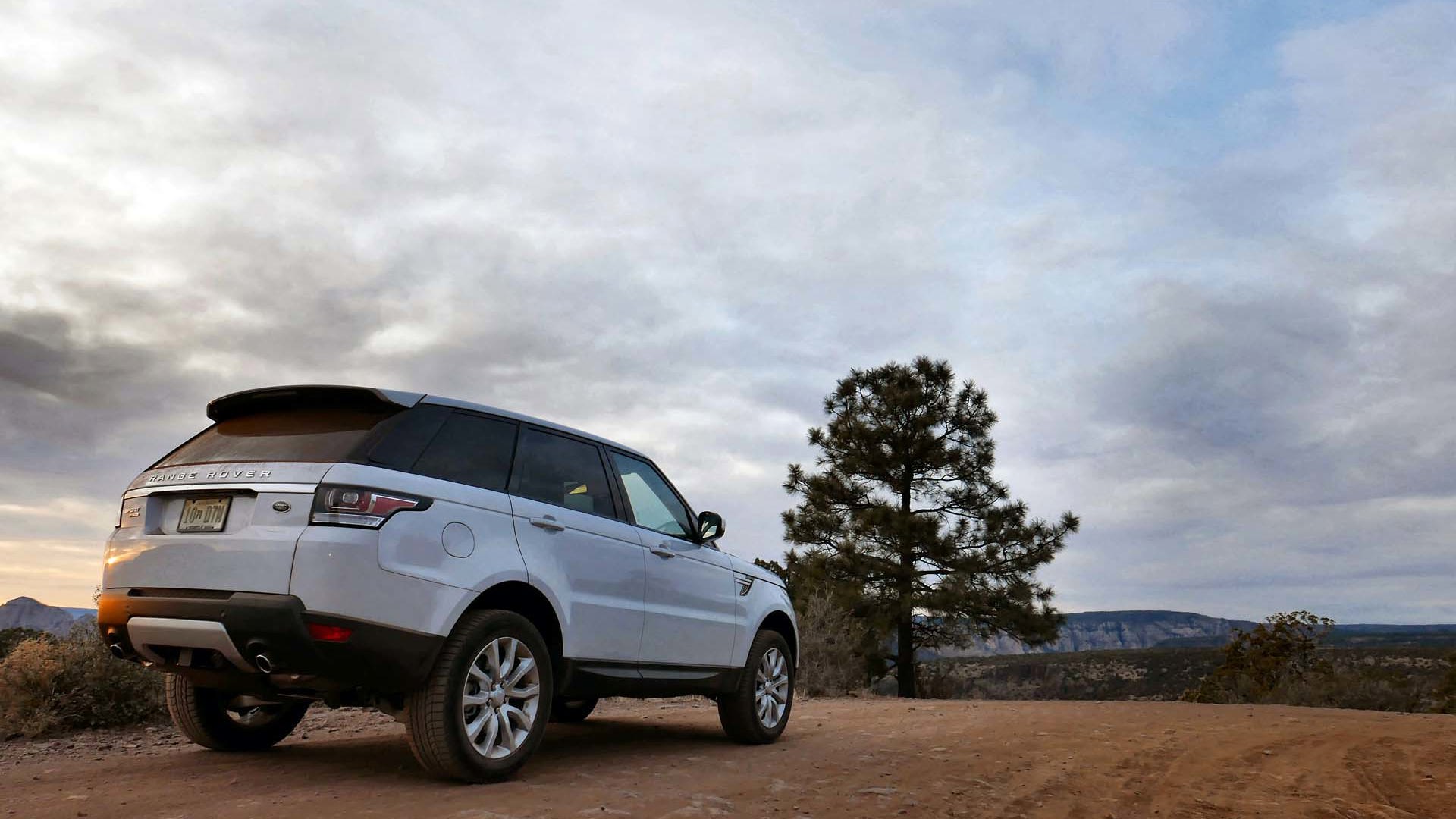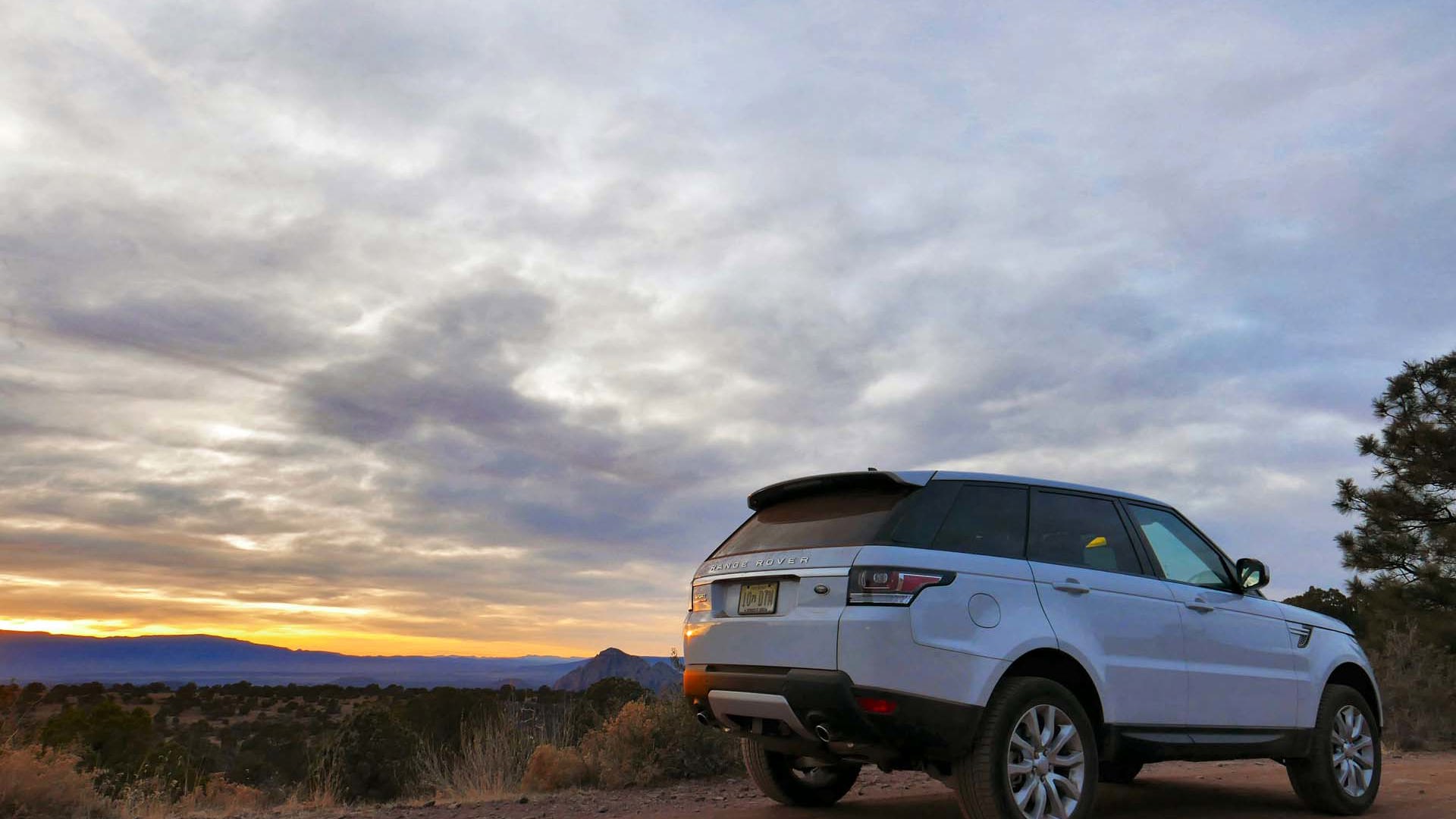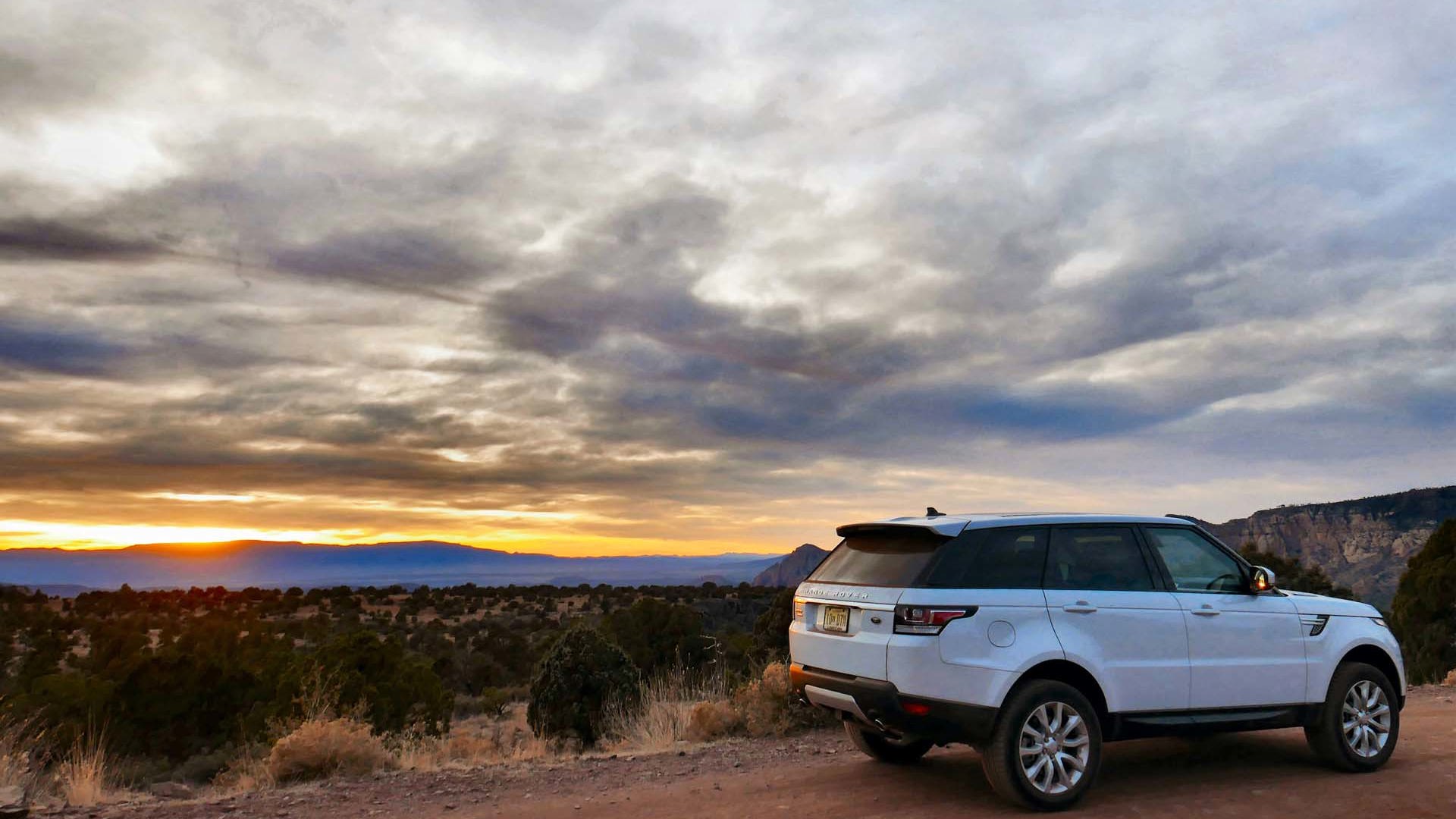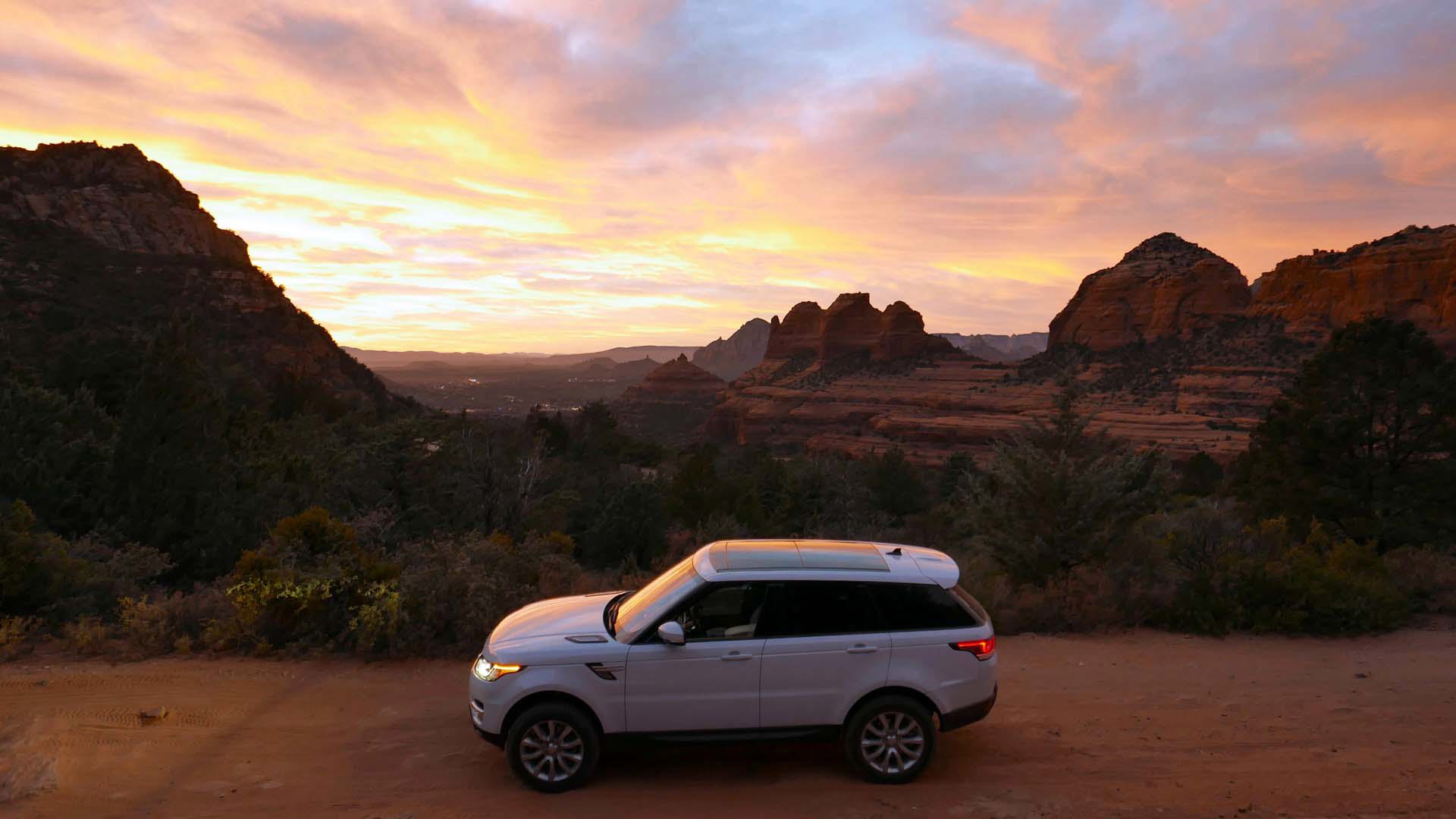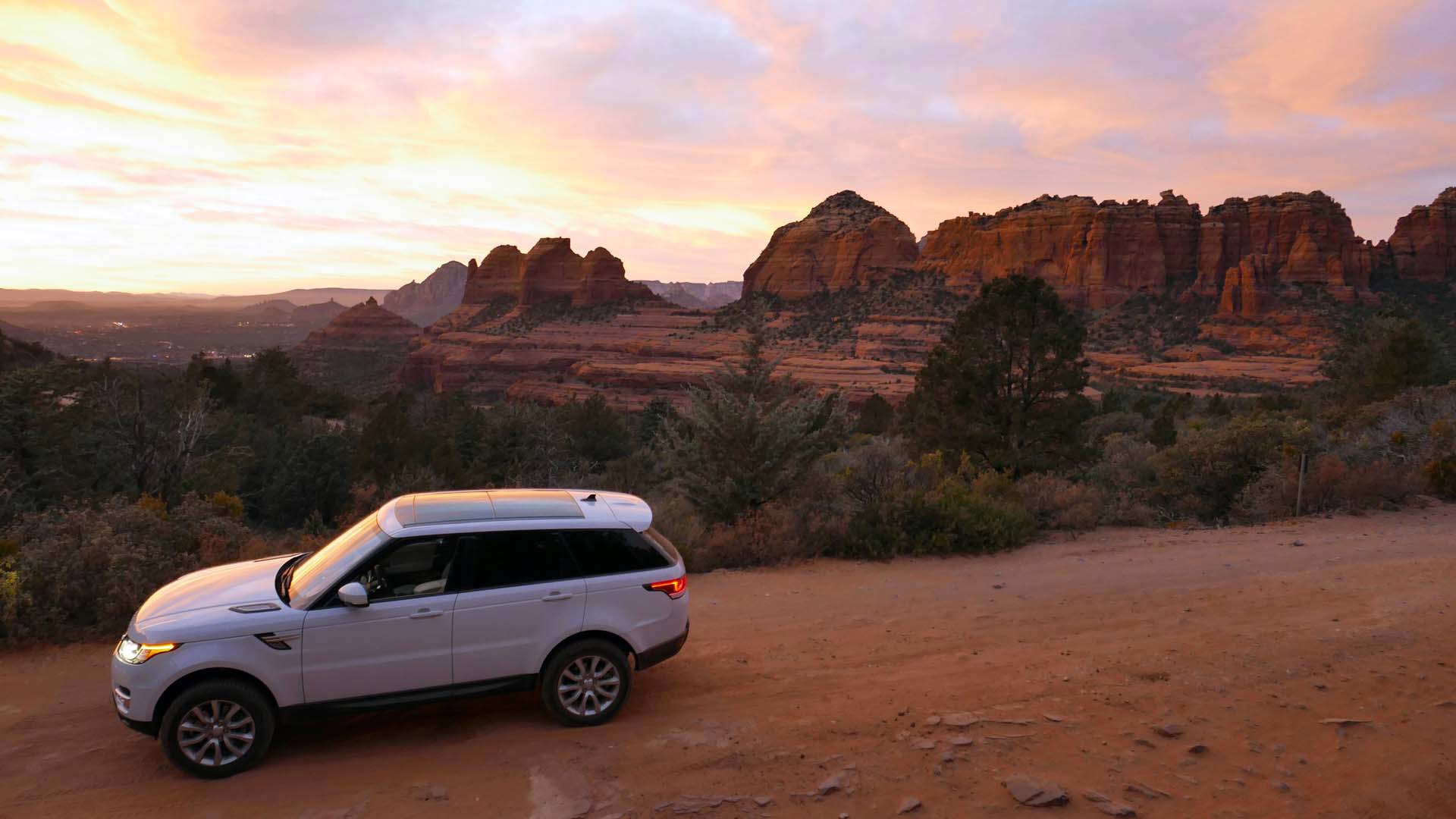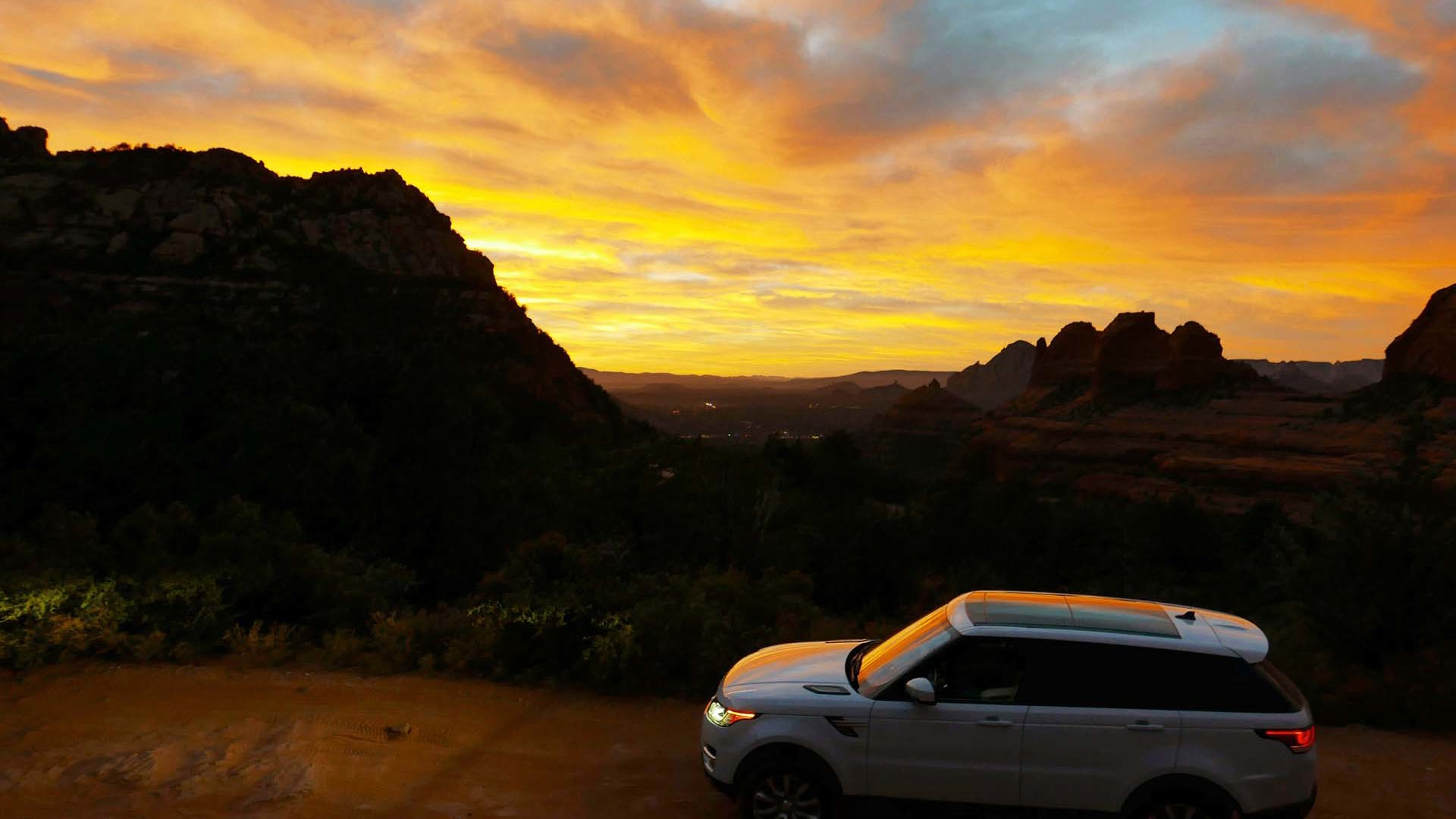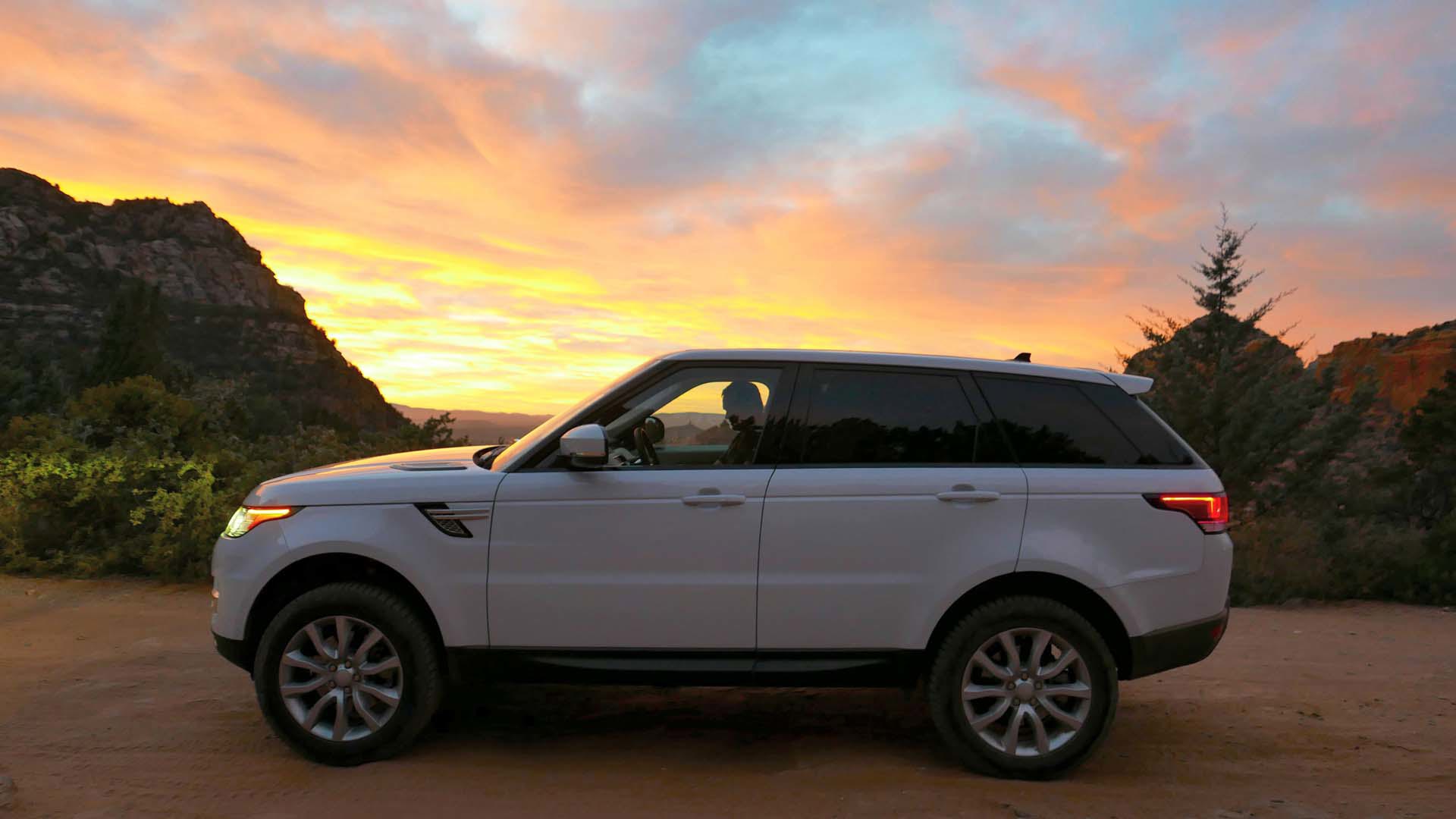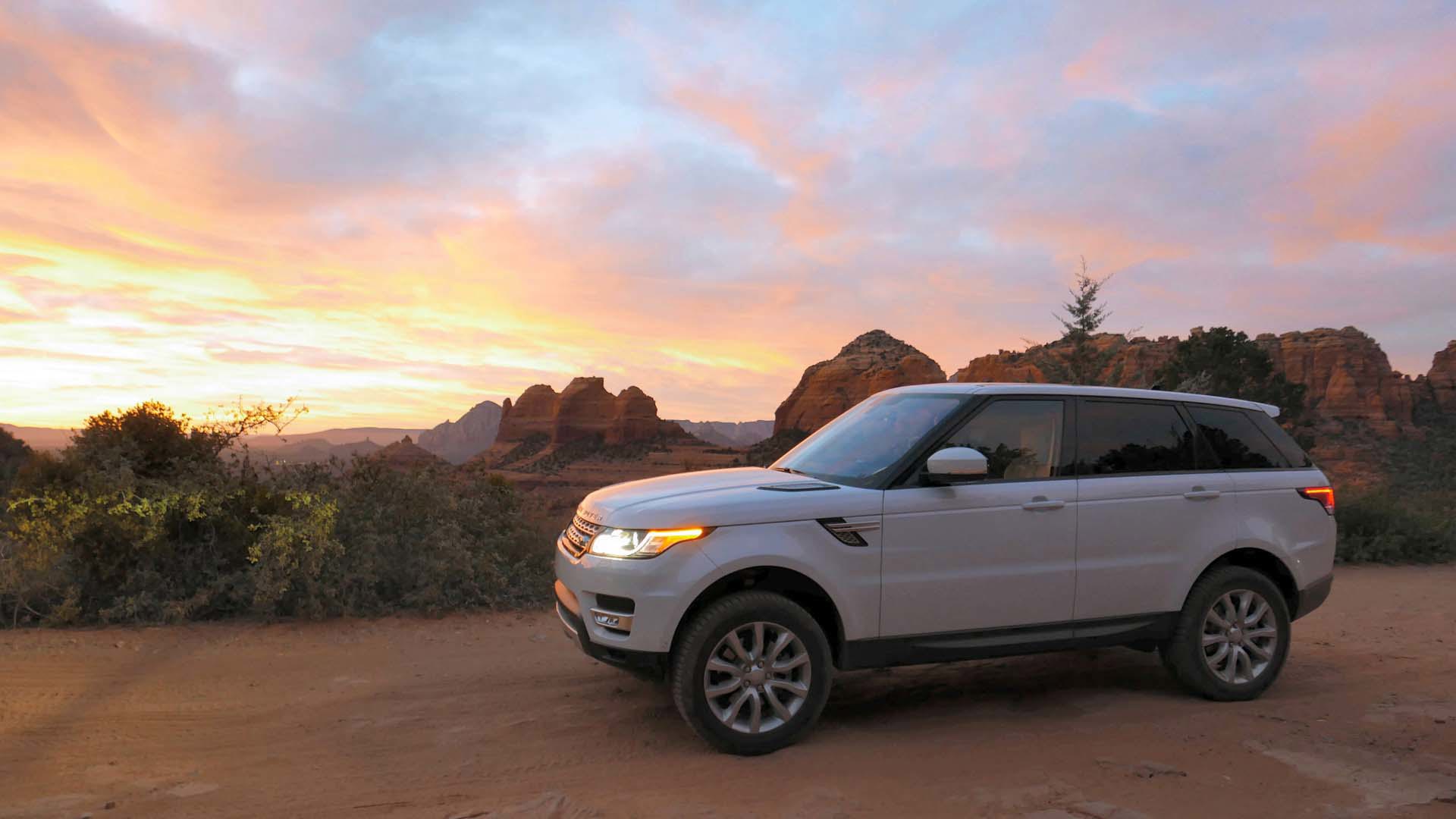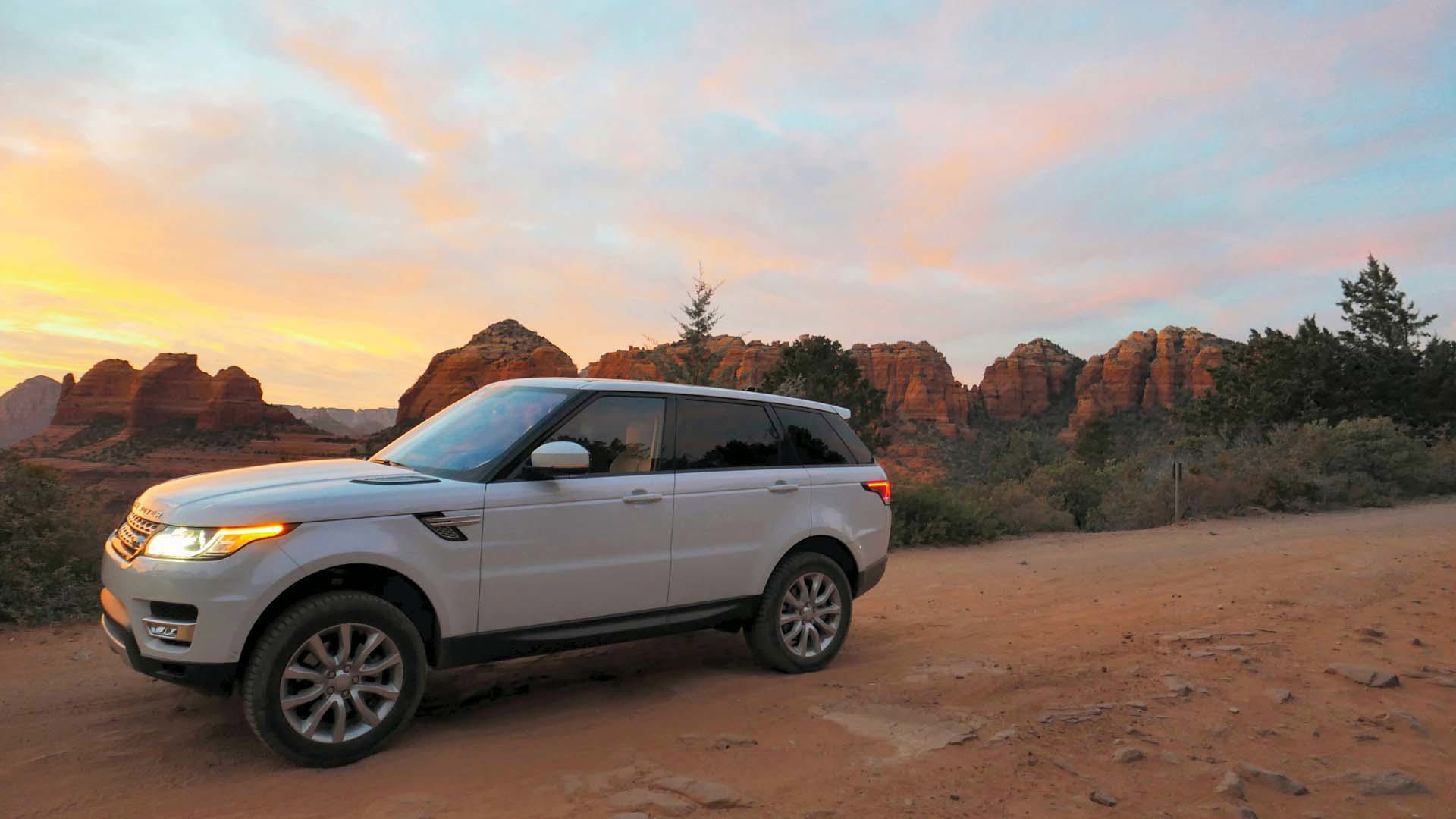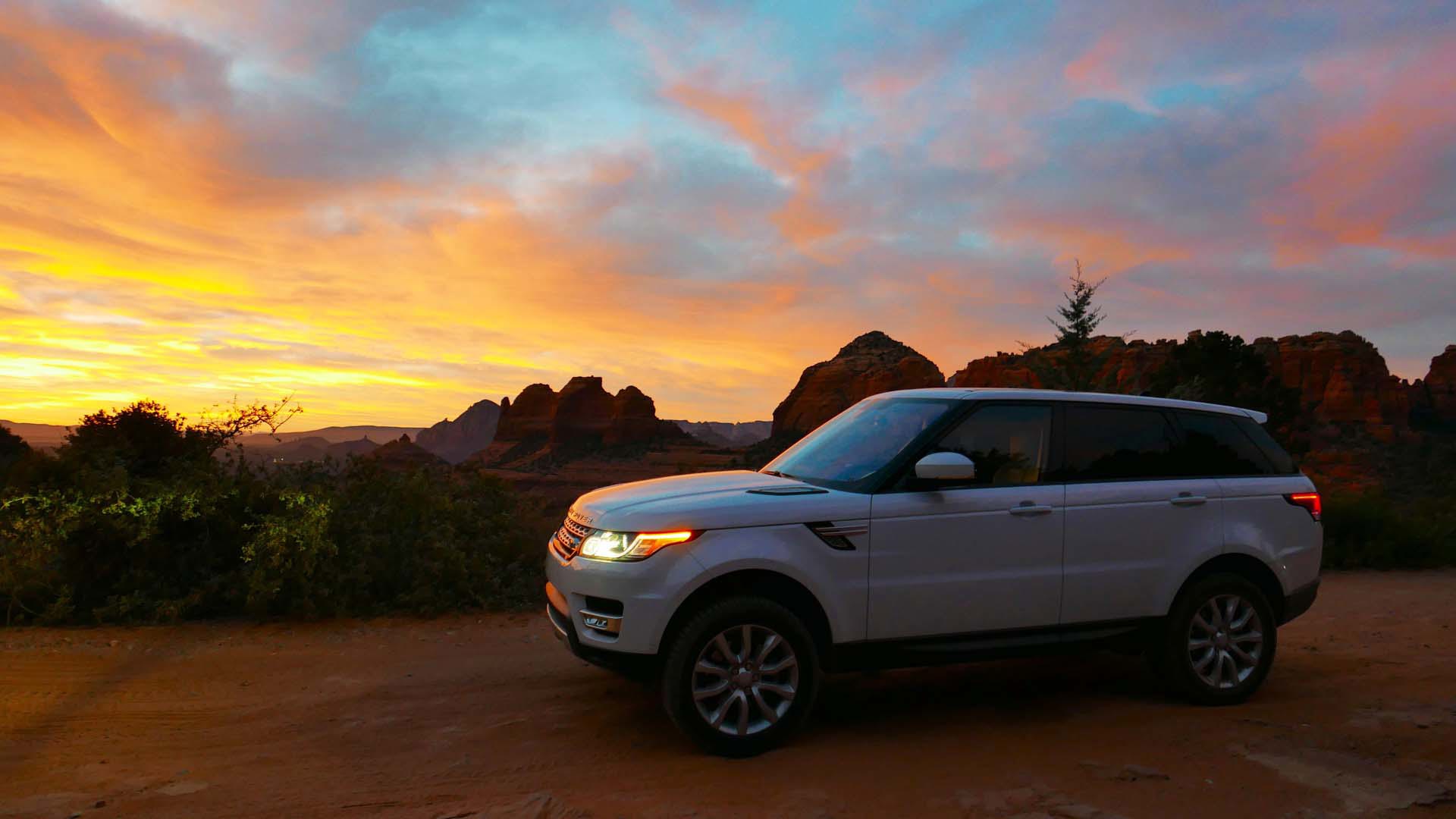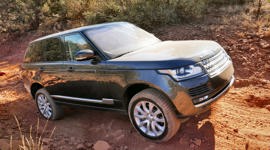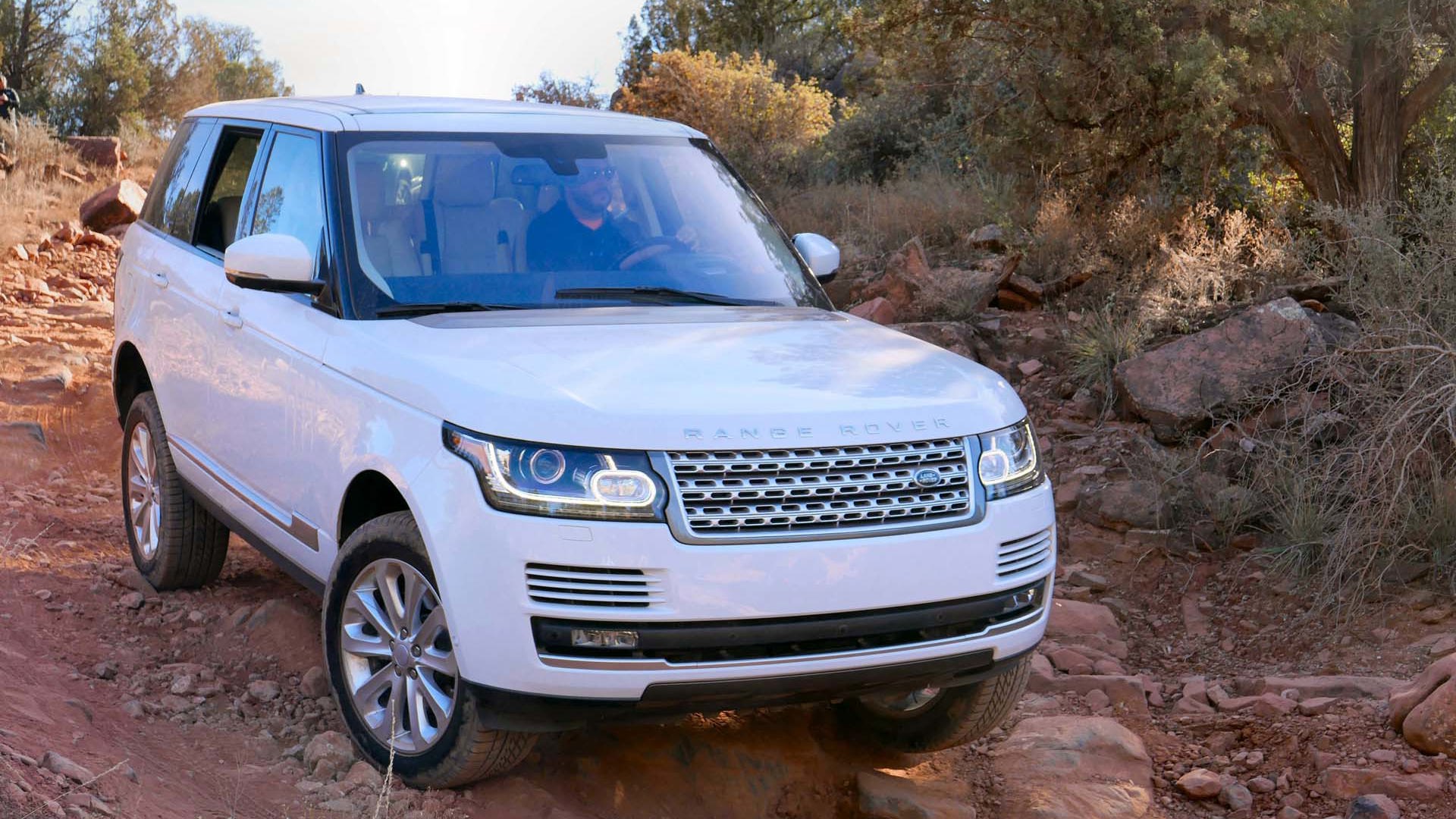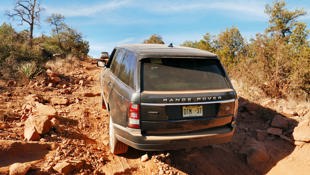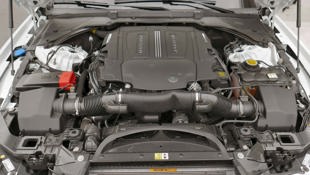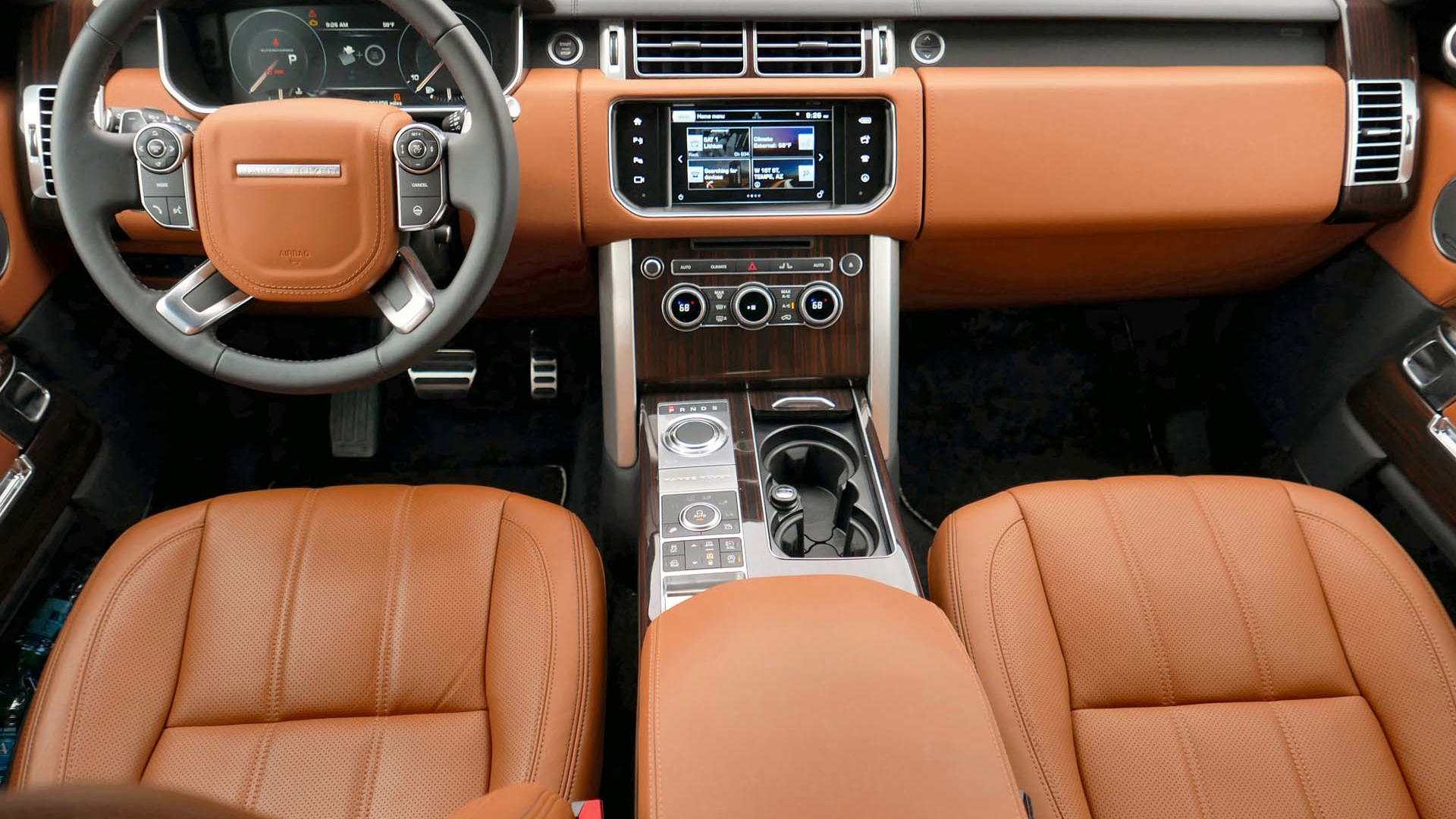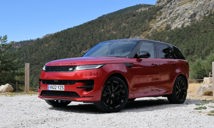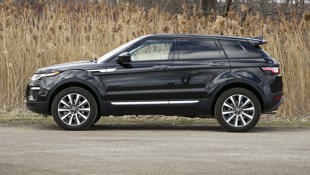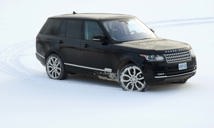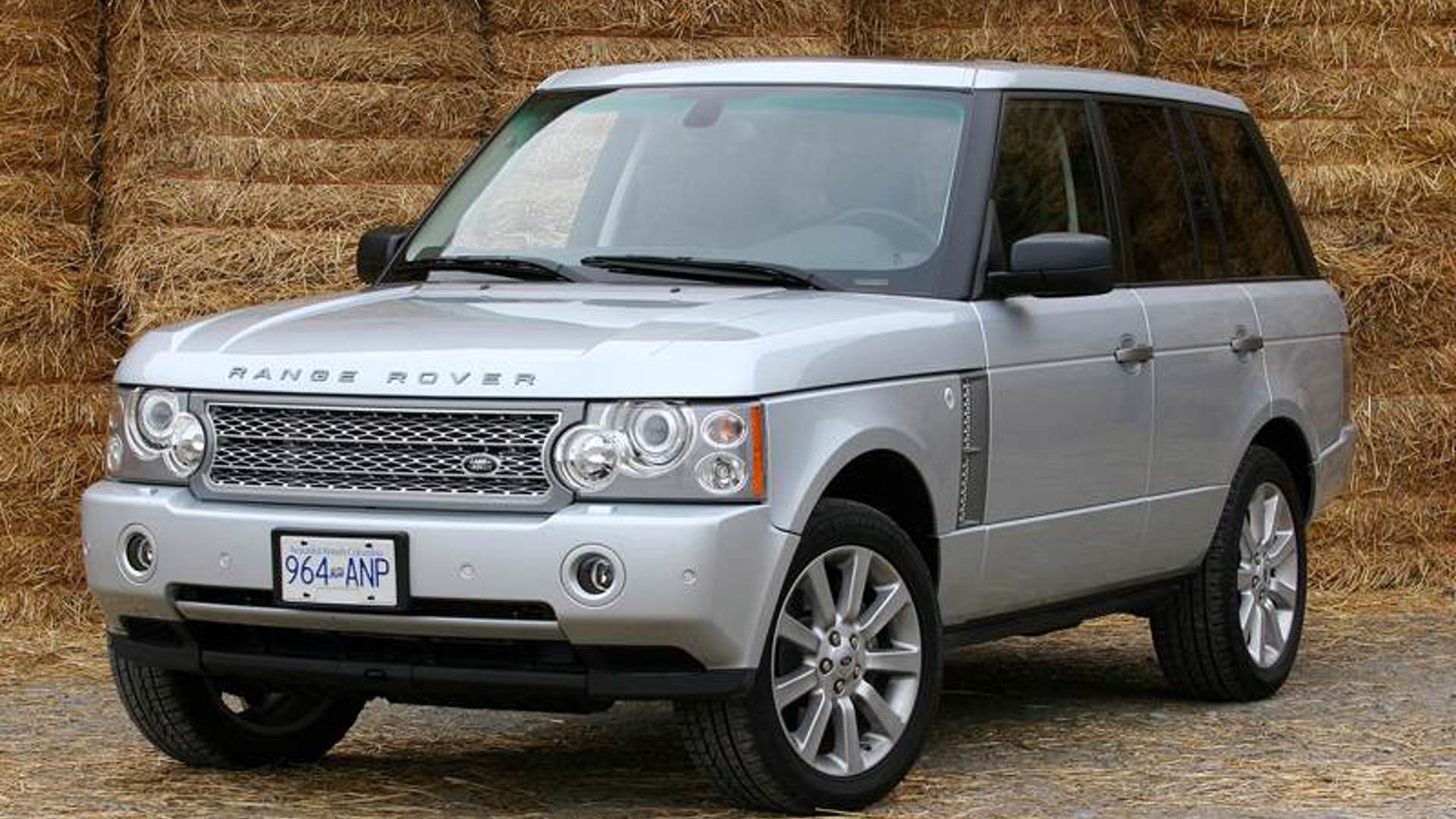Timing Is Everything
Diesel has been in the Canadian headlines for the past few months, but for all the wrong reasons. In the face of the Volkswagen TDI scandal that has drivers across the country questioning their faith in what was once touted as a 'clean' end-run around high fuel consumption, Land Rover has bravely forged ahead with its first major North American diesel campaign. Two fresh models – the Range Rover TD6 and Range Rover Sport TD6 – serve as the thin end of the wedge for a strategy that will eventually see most, if not all members of the Land Rover lineup receive the option of a turbodiesel drivetrain.
It's impossible to tell, based on your ears alone, whether you're riding in a diesel-powered vehicle whether at idle or passing at highway speeds.
I spent two days behind the wheel of both of Land Rover's new-for-2016 TD6 models against the red sandstone backdrop of Arizona's Verde Valley, just outside the southwest's spiritual centre of Sedona. The British SUV builder might not be able to control public perception of diesel technology, but it has definitely put its best 4x4 foot forward in its attempt to convince Canadians to at least give it a second chance.
Rigged For Silent Running
For a luxury brand with a reputation as established as Land Rover, a key consideration when introducing any new drivetrain technology is to avoid compromising the expectations of buyers as much as possible. In recognition of this fact, both the 2016 Land Rover Range Rover TD6 and Range Rover Sport TD6 almost perfectly balance the company's core attributes with the realities imposed by diesel adoption.
Perhaps most important to the genteel sensibilities of Land Rover's upscale client base is the phenomenal job that's been done in insulating riders from the traditional bustle and racket of diesel locomotion. This was accomplished in several different ways, ranging from the use of a low-vibration compacted iron-graphite engine block to a redoubling of the soundproofing effort already applied to standard versions of the SUVs. The end result: it's impossible to tell, based on your ears alone, whether you're riding in a diesel-powered vehicle whether at idle or passing at highway speeds. Even approaching an idling TD6 gives very little away, which is rare in its class.
Be Patient When Passing
Where Land Rover stumbles somewhat – and I stress that qualifier – with the TD6 has to do with its on-road performance. There's 440 lb-ft of torque lurking inside the 3.0-litre turbodiesel engine outfitted to the Range Rover TD6 and its Sport equivalent (along with 254 horsepower), but summoning them with your right foot elicits more of a shrug than a slam-dunk in terms of forward momentum. The effect is most noticeable when pulling away from a stop, for despite maximum torque being available at as low as 1,750 rpm, the TD6 presents a surprising reluctance to hustle. When pulling out to pass at highway speeds there's somewhat more grunt on tap, but both SUVs feel like they're dragging when compared to similarly sized turbodiesel offerings from Mercedes-Benz and BMW.
By the Numbers: Land Rover Range Rover TD6 Diesels
Once the pavement ends you can forget all about comparisons to almost any other diesel SUV on the market (save for the much more affordable Jeep Grand Cherokee EcoDiesel, of course). Land Rover's people movers care little what type of terrain you place in front of them, a bravado that was on full display as we tackled hours and hours of off-road trail through the desert-like landscape in an unsuccessful bid to get either model stuck.
Teetotaller, Too
I'm willing to forgive the Land Rover TD6 models’ slight sin of slowness based on the fact that each of these haulers delivers when it comes to fuel efficiency. Pegged at 32 percent better in combined driving than the entry-level supercharged gasoline V6 model of either vehicle, I was able to confirm during my stint behind the wheel that Land Rover's published figure of 9.4 L/100 km was entirely accurate. On the highway it gets even better, with a rating of 8.1 L/100 km, proving once again that for steady-state cruising, it's hard to beat a turbodiesel design. I'd also like to salute the (relatively) lightweight aluminium platforms and eight-speed automatic transmissions utilized by the Range Rover and Range Rover Sport. The latter's ability to enhance efficiency while dealing with the permanent four-wheel drive systems of both vehicles was impressive (although eco-oriented gearing might have had a hand in the pokier aspects of the Land Rovers' performance).
The TD6 drivetrain also meets all current Canadian (and American) environmental standards, thanks to its combination of a urea-injection catalytic converter system and a new low-pressure exhaust gas recirculation system. In terms of carbon emissions, the turbodiesel engine is roughly equivalent to that of a mid-size sedan powered by a gasoline V6 – an eyebrow-raising achievement for a burly sport-utility vehicle.
Now Wait For The Market
The 2016 Land Rover Range Rover TD6 and Land Rover Range Rover Sport TD6 are every bit as luxurious, comfortable, and stylish as their gasoline equivalents. If you can stomach a slight performance drop-off between the supercharged V6 and the turbodiesel, and don't mind paying a modest premium, then you too can trim your monthly fuel bill by a third and enjoy the good life at a slight operating discount.
The question, of course, becomes “Are ultra-luxury buyers really looking to save money at the pump?” Some are, and some aren't. One would argue that anyone who can afford a six-figure price tag for an SUV won't be deterred by how much gas it guzzles, but not all well-heeled buyers extend conspicuous consumption into all areas of their lives. Indeed, in Europe 90 percent of Land Rover customers opt for diesel at ordering time, a figure that the colonial branch of the family would be happy to see reach the 40 percent mark in a few years time.
Getting to that level of market penetration will no doubt be a bit of an uphill battle for the TD6 initiative, through no fault of its own. With the double-whammy of low oil prices and the current climate of suspicion regarding turbodiesel designs, it's the worst possible time to be introducing such a good product. Hopefully, Land Rover's corporate honchos can play the long game and muddle through the next 12 months or so of diesel uncertainty and give the Range Rover TD6 and Range Rover Sport TD6 a fighting chance to win back the hearts and minds they weren't responsible for losing in the first place.
